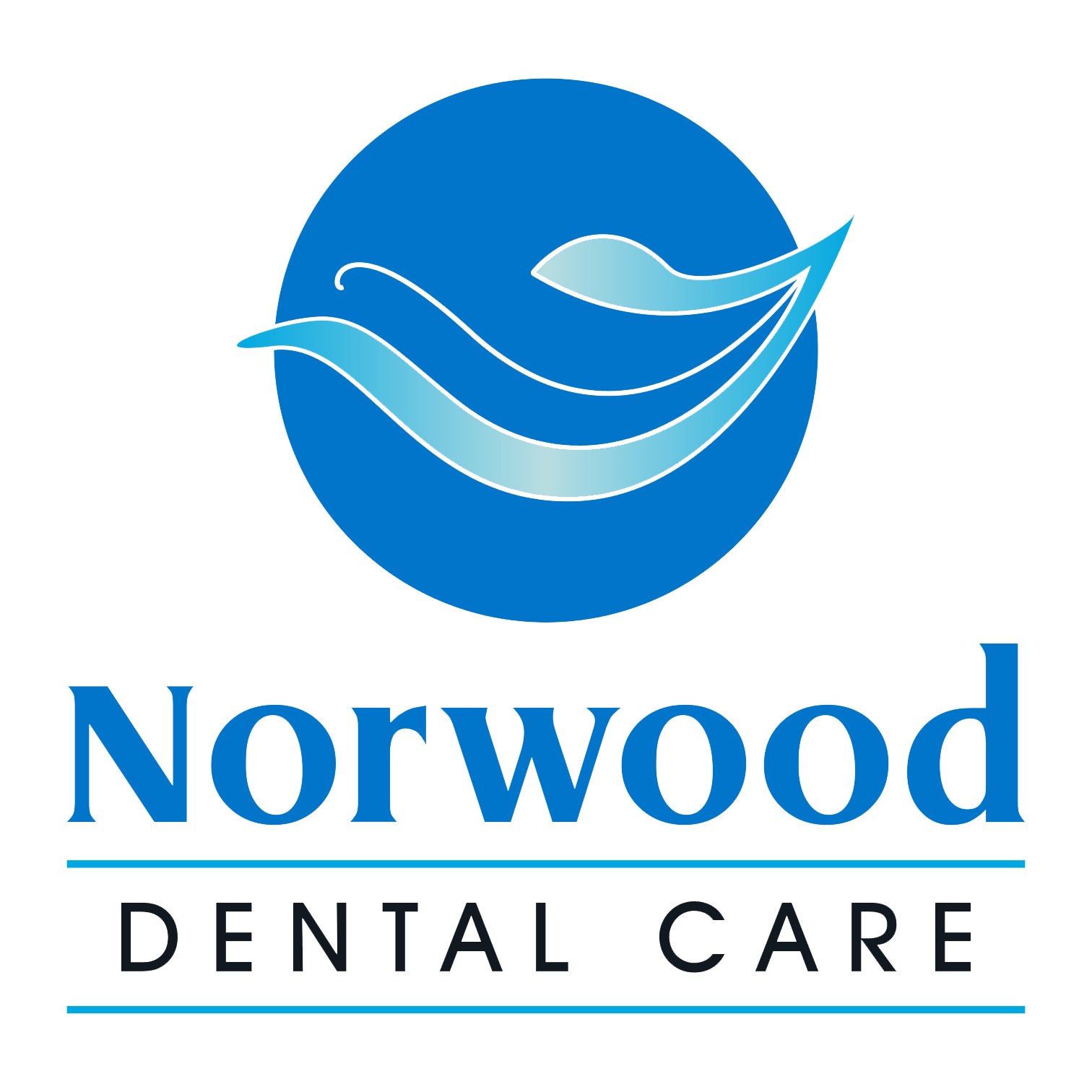 Eating a lot of holiday sweets may satisfy that “sweet tooth,” but too much of a good thing might lead to unintended results for your teeth and gums, according to an American Dental Association consumer advisor.
Eating a lot of holiday sweets may satisfy that “sweet tooth,” but too much of a good thing might lead to unintended results for your teeth and gums, according to an American Dental Association consumer advisor.
“If you don’t bother to properly clean your teeth, the results might be tooth decay, periodontal disease and possible tooth loss,” says Dr. Matthew Messina, an ADA consumer advisor and practicing dentist from the Cleveland area.
The reason is a sticky film of bacteria called plaque that constantly forms on the teeth and gums. When these bacteria come in contact with sugar or starch in the mouth, they produce acid that attacks the teeth for 20 minutes or more. Repeated attacks can cause tooth enamel to breakdown, eventually resulting in tooth decay.
It’s not necessarily the amount of sugar in the sweets you put in your mouth that can cause damage, according to Dr. Messina.
“The stickier things are, like fruit cakes and gummy bears, the less likely they’ll be washed out from between the teeth by saliva,” warns Dr. Messina. “Any kind of candy that sticks to your teeth is more harmful than a chocolate bar that gets washed away.”
Besides how often you snack, the length of time food is in your mouth plays a role in tooth decay.
“Cough drops, hard candy and breath mints stay in the mouth for a long period,” Dr. Messina says. “Unless they are sugar-free products, the teeth are subjected to acid attacks while the product remains in the mouth.”
The ADA offers the following tips to help reduce tooth-decay risk and still enjoy holiday sweets:
- Consume sugary foods with meals. Saliva production increases during meals and helps neutralize acid production and rinse food particles from the mouth.
- Limit between-meals snacks. If you crave a snack, choose nutritious foods and consider chewing sugarless gum afterward. Sugarless gum increases saliva flow and helps wash out food and decay-producing acid.
- Drink more water. Consuming optimally fluoridated water can help prevent tooth decay. If you choose bottled water, check the label for the fluoride content.
- Brush your teeth twice daily and floss daily with ADA-Accepted dental products.
- See your dentist regularly.

